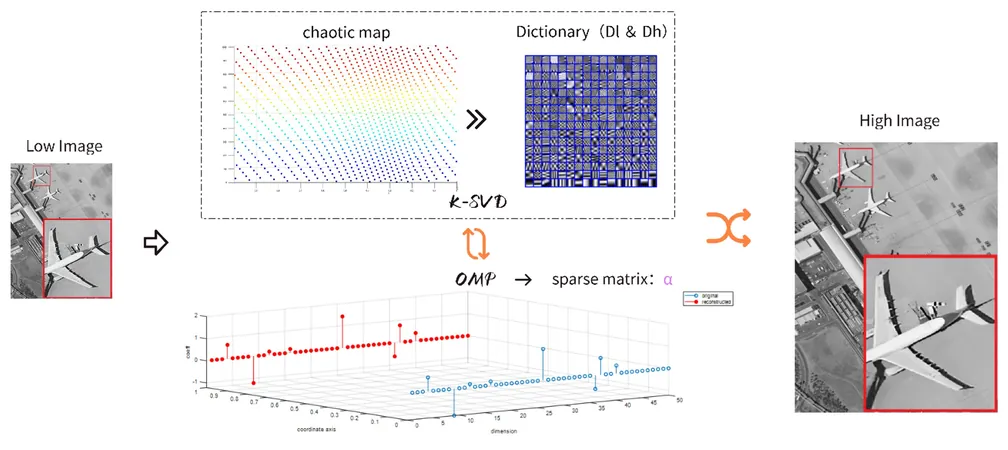
Breakthrough in Super-Resolution Imaging: Researchers Use Chaotic Mapping for Stunning Results!
2024-12-30
Author: Liam
Introduction
In the ever-evolving world of image processing, super-resolution (SR) technology stands as a game-changer, crucial for improving image quality. The main goal of SR reconstruction is to transform low-resolution images into high-resolution masterpieces. However, traditional SR methods often lead to blurred or distorted images, failing to meet the high standards required in various professional fields.
Recent Breakthrough
Now, researchers from the Changchun Institute of Optics, Fine Mechanics, and Physics under the Chinese Academy of Sciences have made a groundbreaking leap forward in this domain. Their recent study, published in the prestigious journal Sensors, sheds light on an innovative approach utilizing chaotic mapping to dramatically enhance the quality of reconstructed images.
Innovative Techniques
The team introduced circle chaotic mapping into the well-regarded K-singular value decomposition (K-SVD) dictionary update algorithm. This powerful integration not only facilitates balanced traversal but also simplifies the search for globally optimal solutions. The result? A significant boost in noise robustness during SR reconstruction, ensuring clearer and more accurate images.
Complementing their main strategy, the researchers implemented the orthogonal matching pursuit (OMP) greedy algorithm. This algorithm converges more quickly than the traditional L1-norm convex optimization methods, effectively speeding up the reconstruction process while building high-resolution images based on the mappings established by the algorithm.
Methodology
To achieve these impressive results, the researchers meticulously trained and learned high- and low-resolution dictionaries using a vast array of images similar to their target images. Their innovative joint dictionary training method ensures that the high- and low-resolution image blocks have the same sparse representation, thereby simplifying the complexity usually associated with SR reconstruction.
Implications and Future
This significant advancement opens new doors for a myriad of applications, from enhancing medical images for better diagnosis to improving surveillance footage. The implications of such technology are staggering, potentially revolutionizing industries that rely heavily on precise image quality.
Conclusion
Could this be the start of a new era in imaging technology? With researchers actively paving the way for more efficient and reliable methods, the future certainly looks promising for super-resolution imaging!

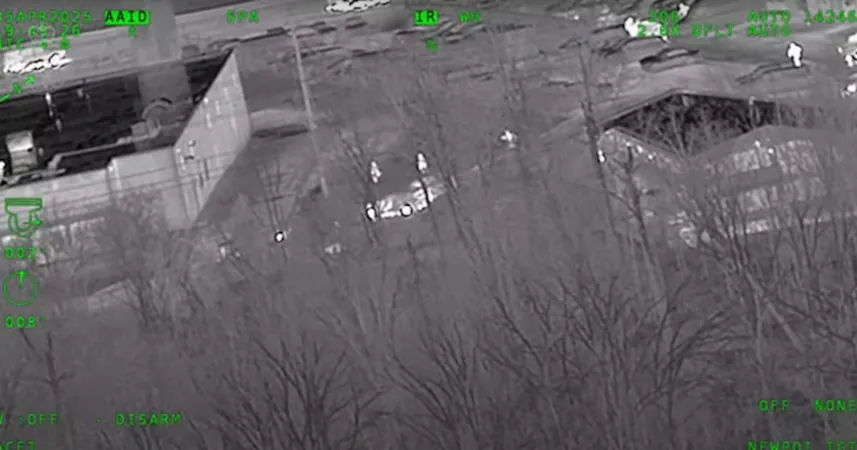
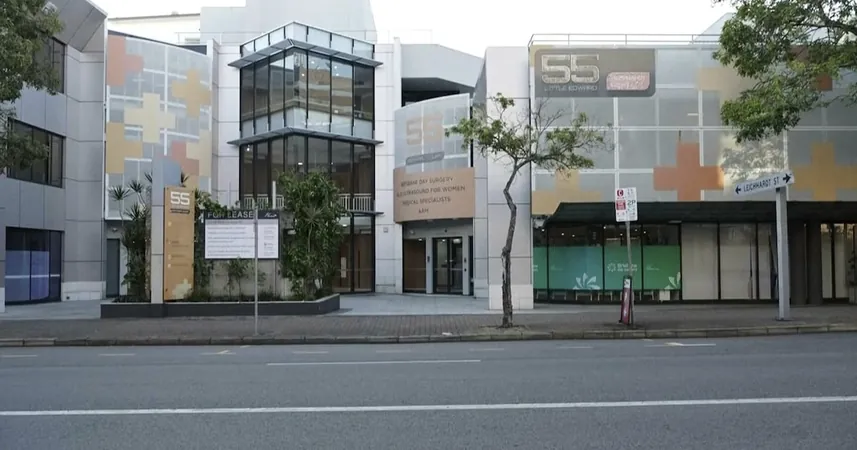

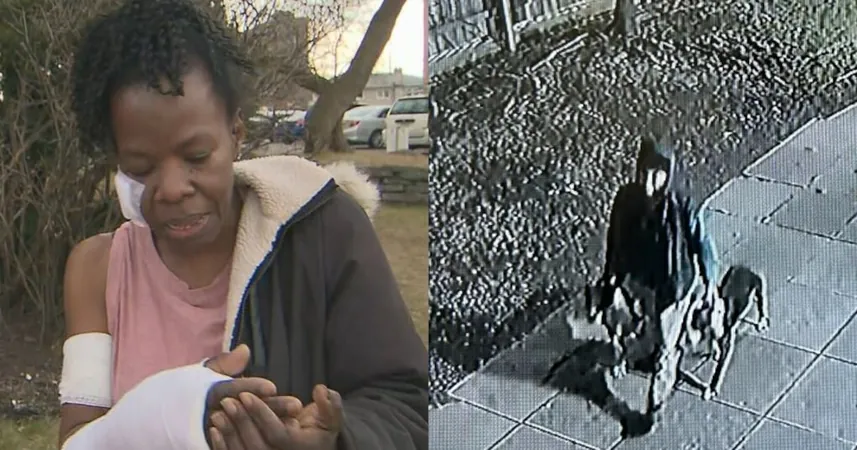


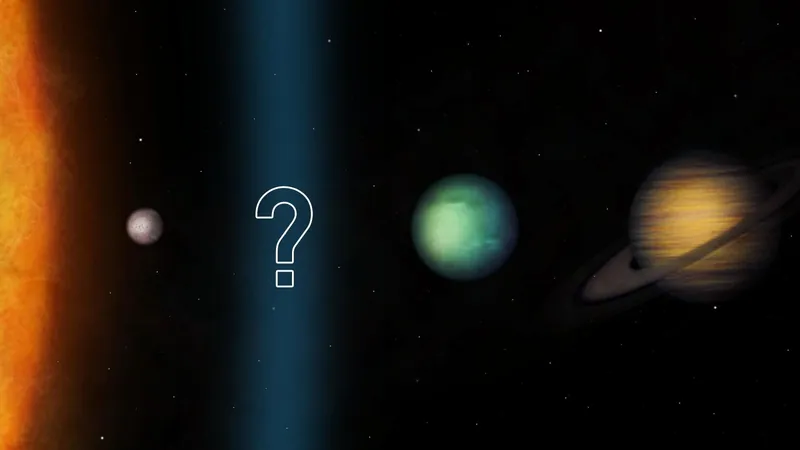

 Brasil (PT)
Brasil (PT)
 Canada (EN)
Canada (EN)
 Chile (ES)
Chile (ES)
 Česko (CS)
Česko (CS)
 대한민국 (KO)
대한민국 (KO)
 España (ES)
España (ES)
 France (FR)
France (FR)
 Hong Kong (EN)
Hong Kong (EN)
 Italia (IT)
Italia (IT)
 日本 (JA)
日本 (JA)
 Magyarország (HU)
Magyarország (HU)
 Norge (NO)
Norge (NO)
 Polska (PL)
Polska (PL)
 Schweiz (DE)
Schweiz (DE)
 Singapore (EN)
Singapore (EN)
 Sverige (SV)
Sverige (SV)
 Suomi (FI)
Suomi (FI)
 Türkiye (TR)
Türkiye (TR)
 الإمارات العربية المتحدة (AR)
الإمارات العربية المتحدة (AR)